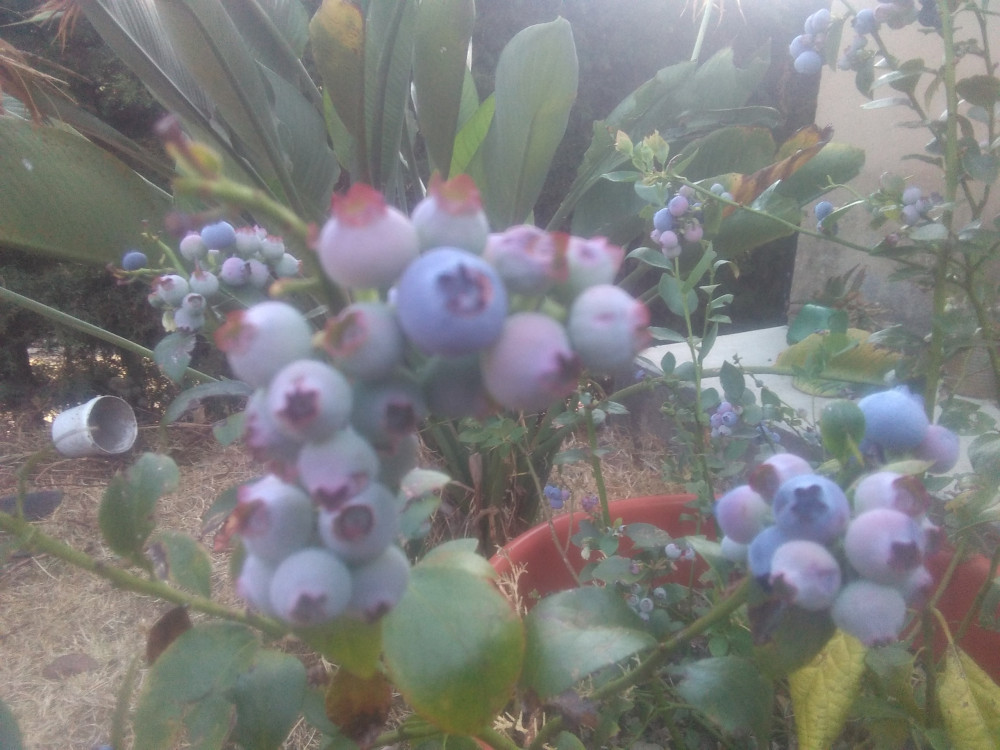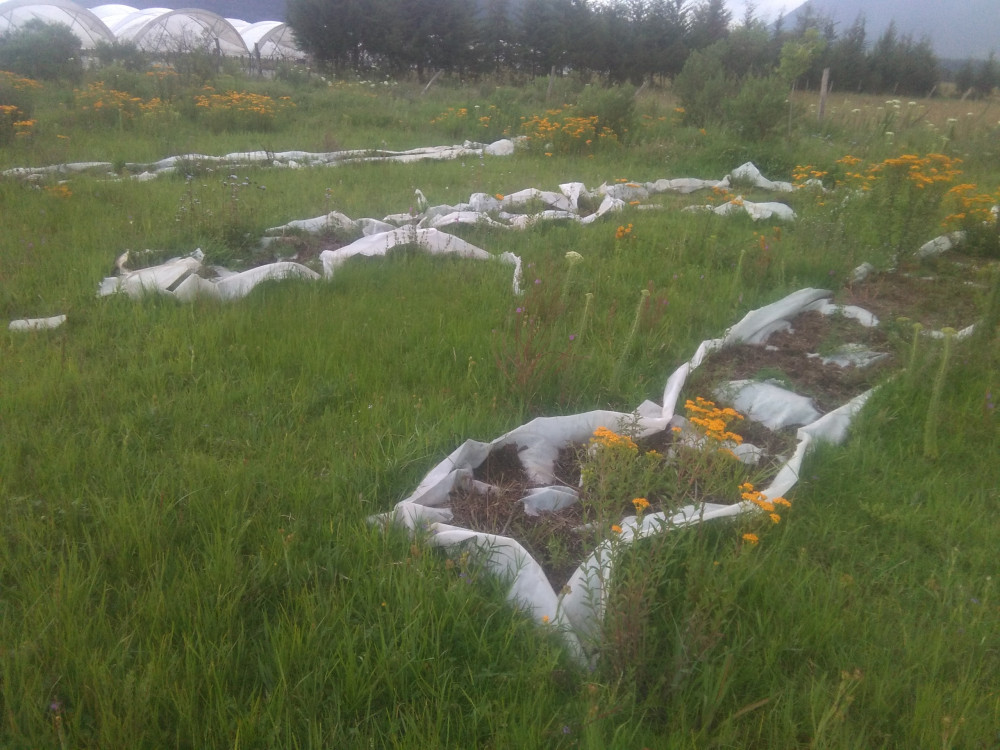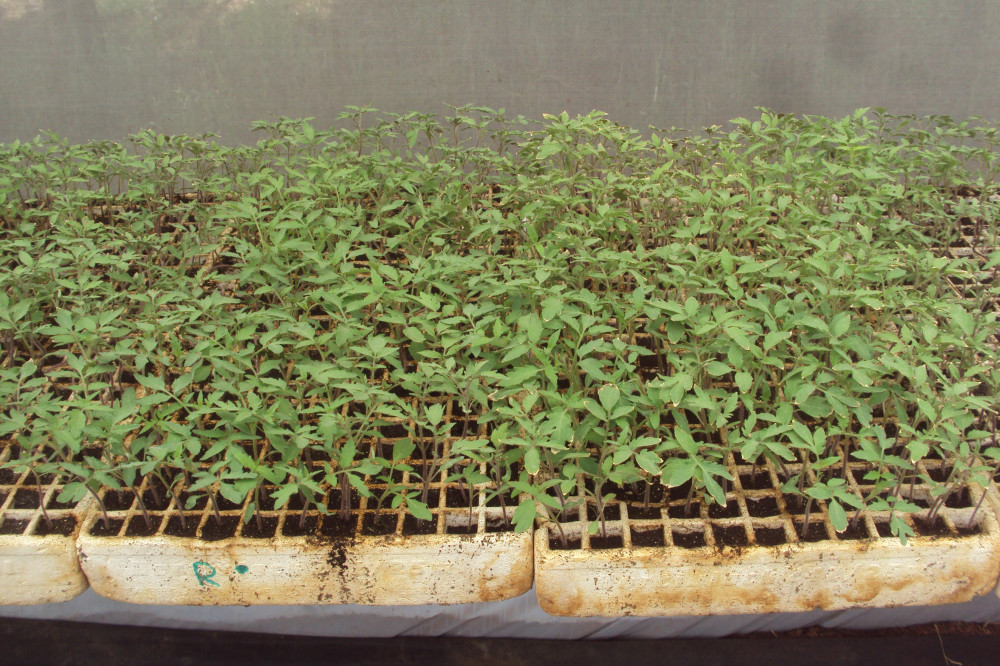Introduction
Times are getting unexpectedly tough all over the world, but we must not get infected by Fear virus, which is worse than SARS Cov-2. We must all protect ourselves from fear by following the instructions of qualified specialists and governmental health institutions. By protecting ourselves we are protecting the rest of mankind; that is a way of expressing our love for our equals and for nature as a whole.
Life matters! All forms of life matter! Life is the loveliest thing we all have!
Instead of panicking and letting ourselves be controlled by fear, we must relax by meditating, praying, spending quality time with our families, playing with our pets, walking (safely), and, depending on our personal inclinations, drawing, painting, doing sculpturing, yoga, getting fit, listening to calm music… you name it. Each one of us has a personal way of doing it according to our particular interests, we just have to look for whatever works best for each one.
A good way of relaxing and being productive which works for a lot of people is gardening. We know working with plants is a very relaxing experience, and it can be even more fulfilling if we do it with our family members, especially if we do it aiming to produce our edible veggies and fruits in our gardens, walls or roofs, then it will be a totally healthy and satisfying experience. Would it not be nice to harvest your own blueberries, like the ones in the following image?
Substrate and Containers
If you have enough space in a yard or backyard at home, you can grow your garden directly in the natural soil; a space of 100 square metres (30 ft by 30 ft or equivalent space, 900 sq ft) is more than enough to yield veggies for one family. You can build some beds if you want, but it is not necessary, although it looks better and offers some advantges like preventing some crawler pests to reach the plants, watering and weeding. To learn more about substrates I reccomend you to read the following posts: DIY easy composting methods by clicking here or How to make improved compost, to read it click here
If you want to build a garden on your roof or walls, or if you want to build some growing beds on the ground, I suggest you to read the post about Growing green roofs and green walls. To go to the post, click here. It is very important that you find out about the resistance of your roof or walls before you start building beds or hanging pots, as I mention in the referred post. This basic check will prevent your roof or walls to collapse or leak.
Needless to say, because it is pretty obvious, that you must be very careful when on a ladder or on the roof, especially near the edge. If needed, wear a harness, rope or some kind of safe anchoring. Also be careful that the tools you are using will not make you trip on, get you out of balance or drop, as they might hurt someone down in the ground.
Compost ready for mixing with soil in growing beds
Seeds or Plants
You will need viable, good quality seeds or plants from a dependable greenery in your neighborhood or vicinity. You can also order seeds online if you do not find them in your community. I suggest you to buy organic seeds or plants for transplanting. It is advisable to always carefully read the instructions before doing anything to the seeds or plants, as some need special procedures to assure a successful development and growth.
Some seeds can be sown directly in the ground once it is prepared, mixed with compost and watered. Other species will need to be sown in growing or germination trays and then transplanted to their definite beds, usually after 30 to 45 days after sowing. Before sowing, I recommend you to soak your seeds up in water overnight for about 12 hours. This procedure speeds up the sprouting (germination) time and is also a means of detecting sterile seeds, which float on the surface of water instead of sinking to the bottom of the container. Take away all the seeds that are floating on the water after 12 hours, if any, since they will not grow; do not waste your time and space with them. Just one more comment on seeds, it is important not to use chlorinated water, since it harms the seeds. Use purified water or rain water instead.
Organic tomato plants in growing trays for transplanting
Tools
While working in your garden you will need some simple hand tools for gardening that you can buy at your preferred hardware store in your community or you can order online if you choose to stay at home. Small gardening tool kits, consisting in wide trowel, narrow trowel, fork and rake, are very handy. The fork can be used for loosening the substrate, the rake is used for leveling and doing small furrows for sowing the seeds while the trowels are used especially for transplanting.
Besides the gardening tool kit, you are probably going to need a regular cut shovel, a 16 inch spade, a pick, a regular rake and even a wheelbarrow for preparing, mixing, filling up growing beds and transporting substrates, pots, containers and bedding materials. You will also need some sacks and canvas to do the mixing and transporting or storing it if necessary.
Additionally, you will need some leather gloves or ones made out of any resistant material, plus a filter or mask to prevent dust particles, spores and germs to get into your digestive and respiratory systems. N95 masks or activated charcoal filters are advisable, but nowadays may be difficult to find due to the ongoing emergency. If nothing else, you can use a damp bandana or piece of cotton cloth to cover your nose and mouth. The dampness prevents dust, spores and germs from going through the cloth. You will have to protect your eyes as well by using a pair of goggles or protective eye wear.
Organic Fertilizers and Compost
You can buy organic fertilizers or compost ready to use or DIY as I mentioned in the links above, under “substrates and containers“. If you buy compost or any organic fertilizer, follow the directions from the manufacturer generally found in the label. But if you decide to prepare your own compost, as a rule of thumb, you may apply between 2 and 5 kg of compost per square meter (or 0.5 to 1 pound per square foot) two or three times a year, depending on the quality of your substrate or soil and the crops you are growing.
Pest Control
Same as with organic fertilizers or compost, you can either buy different organic pest control items or do them yourself. If you buy them, just read carefully and follow the directions.
You can easily prepare one insecticide for general use that is made with dried hot chilis, garlic, onion, soap and water. Following is the recipe:
Ingredients
- One litre (1/2 gal) of tap or rain water
- 50 – 60 g (2 oz) of dried hot chili. The hottest the better
- 5 cloves of garlic
- One half of a medium sized onion
- 1/2 teaspoon of laundry or potassium soap shavings (not detergent)
Tools
- Preferably one 2 litre (1/2 gal) tin can or container (re-used) that you can use exclusively for preparing the insecticide; if you do not have one, use a metal container that may be made out of iron, aluminum or copper
- Heat source: stove or else
- Leather gloves
- Goggles or some eye protection
- Scissors or knife
- Strainer
- Wooden or metal kitchen spoon
- Clean, preferably re-used bottle. Can be glass, polypropilene, PET, or else
- Funnel
Procedure
- Pour 1 litre of tap or rain water in the tin can or container
- Cut the chilis in small pieces and add them to the container. Gloves and eye protection are essencial to avoid irritation in your hands or burning your eyes with chili juices, if you do not protect yourself, you will be very sorry
- Smash the cloves of garlic and add them to the container
- Slice the one half onion and add it to the mix in the container
- Stir it with the spoon to mix all the ingredients
- Put the container on the stove or heat source and set it to boil until 25% of the water has evaporated. If possible, do this in an open or very well ventilated area and go away while “cooking” to avoid the very strong spicy smell; if you do not, you will sneeze and cough continuously, your nose will start running like crazy and tears will flush from your eyes
- Let it cool down
- With the help of the funnel, strain it into the clean bottle and close it tight
- Label it, including date of preparation and store it in a cool, dark and dry place, away from children. Add a warning sign to the label “Poison” (not really, but almost)
- The laundry soap will be added until using it
How to use it
- The nigh before you are planning to use the insecticide, scrape the laundry or potassium soap with a knife and set it to dissolve in a cup of tap or rain water
- Next morning, make sure the soap is totally dissolved in the cup of water and pour it in a sprayer, add 1 litre (a little over 1 pint) of tap or rain water. Do not forget to use gloves, goggles or eye protection and N95 mask or activated charcoal filter
- Add two spoonfuls of the insecticide you prepared and shake the sprayer strongly until all the ingredients are totally mixed
- Start spraying your plants until they begin dripping, making sure the back part of the leaves are soaked as well
- Repeat every two weeks as a prophylactic (preventive) measure
- If you detect any pests, spray every day or every other day until they are gone
- Two weeks before harvesting, you should stop spraying
- Wash thoroughly the harvested plants before consumption
Watering
There are several ways to water your plants. You can either hire someone to install or DIY a drip or spray irrigation system, which is not so difficult to set up and makes it easier to water the garden, or you can water it with a hose or with a watering can; you may even build one by puncturing small holes at the bottom of a re-used 4 litre (1 gal) yoghurt bucket or similar container. Waterings may be done every day, every other day or every week or two, depending upon the plants you are growing and the weather conditions. With time you will develop enough skill to see when you garden needs watering. About this subject there are two important conditions to avoid: dryness and soakedness. That is, never let your plants wilt and never soak them, since your plants may dry out and die or drown and also die or get sick from fungal or bacterial diseases.
You can also set up an ongoing irrigation system by re-using PET bottles from purified water or soft drinks. You just wash them thoroughly and fill them up with water, screw the lid loose enough in order to allow a drop to go out every 2 or 3 seconds when upside down. Bury them upside down 5 cm (2 in) or so into the ground. They must be in square display among your plants at a distance between 30 and 60 cm (1 – 2 ft) away from one another. The separation may vary, depending on the weather conditions in your area. If you live in warm, dry climate, the distance may be shorter, whereas if you live in damp, cool weather, such distances may be longer. Visually check how damp your soil or substrate is (damp, not soaked, this is important) and set up the distance accordingly.
You may have to supply some sort of support to the upside down bottles to prevent them from falling off. You do this by vertically burying sticks next to the bottles and tie them together, the sticks must be strong and long enough to support them.
Refill with tap or rain water every time the bottles are empy.
Mulching
Mulching is very helpful to retain moisture and prevent or reduce growth of unwanted plants aka “weeds”. If you have grass clippings or straw, they are perfect for mulching. Let the grass clippings wilt or dry out for a week or so, depending on weather conditions, before using them as mulch.
An evenly spread layer of grass clippings or straw 5 cm (2 in) thick is good enough as mulch in your beds or growing areas. Just be careful not to cover small plants with mulch as they may die for not getting enough light to photosyntetize their nutrients.
You will need to add more mulching two or three times a year, leaving the old much below, as it breaks down and increases soil fertility by adding organic matter and nutrients.
Conclusion
Well folks, I guess that is all about it for now. Gardening has a lot to do with trial and error, or as an eminent teacher at Chapingo University used to say: “trial and success”. There are no mistakes in gardening, really; there are only good and not so good experiences, but they are all valuable lessons and so, they become joyful and satisfactory parts of our lives.
Happy gardening! take care of yourselves and all those around you.



It seems like you are such a gardening pro. I only have house plants, and I don’t have a large area where I can plant produce. I bookmarked your site for future reference, and clicked on the growing green roofs article, because I want to build one. So helpful! Thank you!
During quarantine I’ve been watching gardening how to’s and I also learned about the chili garlic mix as pest control. What’s a potassium soap shavings? Can a dishwashing liquid substitute for the laundry soap? I have troubles getting rid of ants, and the online resources I stumble upon have mixed opinion about having ants in your garden–I don’t really know if they do more harm than good in soil health. Would appreciate your response, and again thanks for a very helpful blog! Cheers, A
Hello A, I appreciate your kind words, thank you. If you read my About Me page, you will find I am an agronomist and my main interest is in agroecology.
Growing green roofs and walls is a good way to grow veggies in urban areas my friend, and beautifying your home too. Good luck in your gardening project.
Yes, dishwashing liquid soap can be a substitute for laundry soap. I will write an article about different methods of naturally getting rid of ants (safe for kids and pets… and careless adults) and some other unwanted visitors.
Take care of yourself and those around you A.
Greetings from Méxican mountains.
Eugenio.
I am Sorry, forgot to answer about potassium soap. You can probably buy it in greeneries, whole food stores or places where they sell supplies for organic agriculture.
Stay healthy, please take care of yourself my friend.
Eugenio.
We are fortunate enough to have a large property and have a large vegetable garden where we grow a lot of our own vegetables. It is obviously seasonal and we do not spray anything on the plants, so it is entirely organic what we grow. Yes it does mean we have to compete with bugs and beetles and even porcupines and moles, but it is zero miles to the kitchen, which one cannot beat.
We do have rainwater tanks to help with water as water is a very expensive commodity where we live.
I love your recipe for pest control, made with hot chilies, something I have not tried. I do though have chilies growing in the veggie garden, so this be an ideal application.
Thank you so much for your comment, Line.
The recipe which includes hot chilies may keep away porcupines and moles as well. You just gave me the idea of writting a short article on a few methods to keep moles away. I will write about it shortly my friend.
With my best regards from México.
Eugenio.